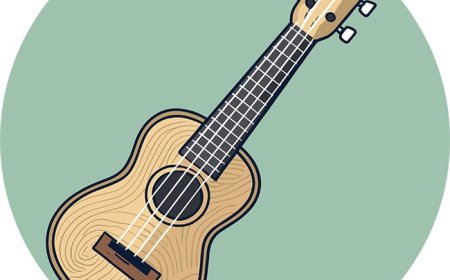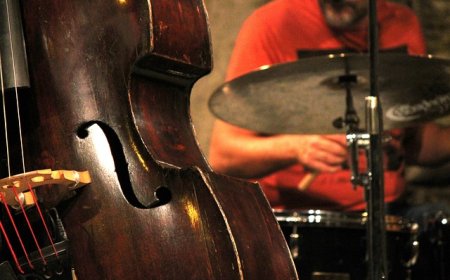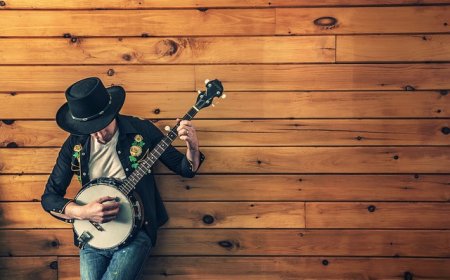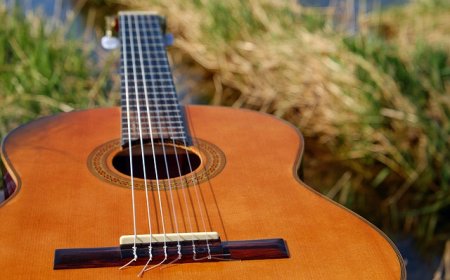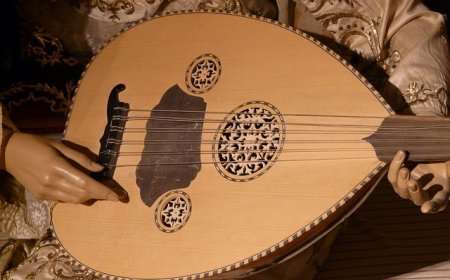Harpsichord Facts for Students | Learn How the Harpsichord Works and Its History
Explore the harpsichord—a plucked-string keyboard instrument that came before the piano. Learn how it works, its musical role in history, and who made it famous in this student-friendly guide.
🎹 All About the Harpsichord
🥇 Introduction
The harpsichord is a keyboard instrument that looks a bit like a piano but sounds very different. Instead of striking strings like a piano does, the harpsichord plucks its strings with tiny quills, making a crisp, twangy sound. It was one of the most important instruments of the Baroque period (1600s-1700s) and was used in music by composers like Bach, Handel, and Vivaldi. Though it was mostly replaced by the piano, the harpsichord is still loved for its special sound and historical beauty.
🎶 What Is a Harpsichord?
A harpsichord is a keyboard instrument where pressing a key plucks a string rather than hitting it. This gives it a sound that is bright, sharp, and not touch-sensitive-meaning it plays at the same volume no matter how softly or firmly you press the key.
Harpsichords often have:
-
One or two keyboards (called manuals)
-
A long, wing-shaped body (like a small grand piano)
-
A decorative wooden case and lid
-
Levers or stops that change the sound by plucking more than one string at once
The harpsichord was used to play solo music, accompany singers and instruments, and provide the continuo part in Baroque ensembles.
🧩 Parts of the Harpsichord
The harpsichord is built to look elegant and sound bright. Here are its key parts:
-
Keyboard (Manuals) - The keys that the player presses
-
Jacks - Small vertical sticks inside that hold the plucking mechanism
-
Plectrum - A tiny quill or plastic piece that plucks the string when a key is pressed
-
Strings - Metal wires stretched tightly over the soundboard
-
Soundboard - A wooden board that helps make the sound louder
-
Bridge - Holds the strings in place and passes their vibration to the soundboard
-
Case - The decorated wooden body of the instrument, sometimes painted or carved
-
Stops/Levers - Controls that change how many strings are plucked or change the sound
Some harpsichords also have two keyboards stacked on top of each other, which allows the player to switch sounds or play in layers.
⚙️ How Does the Harpsichord Work?
The harpsichord makes sound in a way similar to a guitar or harp, but controlled by keys. Here's how it works:
-
When a player presses a key, it lifts a jack inside the instrument.
-
The jack contains a plectrum that plucks a string, like a tiny guitar pick.
-
The string vibrates, and the sound travels to the soundboard to become louder.
-
When the key is released, a small piece of felt called a damper stops the string from ringing.
Unlike the piano, the harpsichord does not respond to how hard or soft you play the keys. The sound is always even-but you can change the texture or layers of the sound using different stops or keyboards.
📜 History of the Harpsichord
The harpsichord was invented in Italy in the 1300s, but it became most popular between 1500 and 1750 in countries like France, Germany, and England. During the Baroque era, it was a central instrument for solo pieces, orchestra, and chamber music.
Famous composers who wrote for the harpsichord include:
-
Johann Sebastian Bach
-
George Frideric Handel
-
Domenico Scarlatti
-
François Couperin
In the late 1700s, the piano began to replace the harpsichord because it could play both soft and loud (called dynamics). Still, the harpsichord made a comeback in the 1900s, especially for early music performances using historical instruments.
🥁 Famous Harpsichord Players
These musicians helped make the harpsichord famous throughout history and today:
-
Wanda Landowska - Polish-French harpsichordist who brought the instrument back to popularity in the 20th century
-
Gustav Leonhardt - Dutch performer and scholar of early music
-
Scott Ross - Known for recording all 555 sonatas by Scarlatti
-
Mahan Esfahani - A modern harpsichordist who plays both traditional and new music
-
Elisabeth Chojnacka - A creative performer who played contemporary harpsichord music
These players proved that the harpsichord can be both historic and modern.
🎶 Learning to Play the Harpsichord
If you already play the piano, learning the harpsichord is a fun way to explore Baroque music and finger precision. But there are some differences to know:
-
The harpsichord does not change volume based on touch
-
Players must use articulation and ornamentation (like trills) to express the music
-
Music is often played using figured bass (numbers below the music that guide harmony)
-
There are no pedals, but you use stops or levers to change sound
The harpsichord helps students build finger strength, rhythm, and historical knowledge about music from the 1600s and 1700s.
😄 Fun Facts About the Harpsichord
-
The word "harpsichord" comes from the Latin for "stringed keyboard."
-
The plucking sound of a harpsichord inspired parts of the modern harpsichord in pop music, like in The Beatles' "In My Life."
-
Some harpsichords are decorated with flowers, gold leaf, or paintings inside the lid.
-
Harpsichord strings are made of brass or iron, not catgut like old string instruments.
-
A double-manual harpsichord lets you play different sounds at once, kind of like a mini orchestra!
-
Harpsichords were handcrafted, so each one has a unique sound and appearance.
👧 Kid-Friendly Summary
The harpsichord is a keyboard instrument like a piano, but it makes sound by plucking strings inside instead of hitting them. It sounds bright and twangy, and it was super popular hundreds of years ago. Composers like Bach and Handel wrote music for it. You can't play it louder or softer like a piano, but it's really fun to play Baroque music with it!
📚 Vocabulary Words
Harpsichord - A keyboard instrument that plucks strings when keys are pressedManual - A keyboard on a harpsichord (some have two)Plectrum - A small pick that plucks the strings inside the harpsichordJack - The piece inside the harpsichord that lifts the plectrumSoundboard - A wooden board that helps amplify the soundStop - A lever or knob that changes how the harpsichord soundsBaroque - A music period from about 1600 to 1750Figured Bass - A musical system where numbers guide the chords to play
❓ Interactive Quiz
1. What makes the sound in a harpsichord?
A. Hammers
B. Air
C. Plectra plucking strings
D. Bowed strings
2. Can you make notes louder by pressing keys harder?
A. Yes
B. No
3. What is a manual on a harpsichord?
A. A handbook
B. A string
C. A keyboard
D. A hammer
4. In which time period was the harpsichord most popular?
A. Classical
B. Baroque
C. Romantic
D. Modern
5. Who helped make the harpsichord popular again in the 1900s?
A. Beethoven
B. Wanda Landowska
C. Mozart
D. Elvis Presley


















































